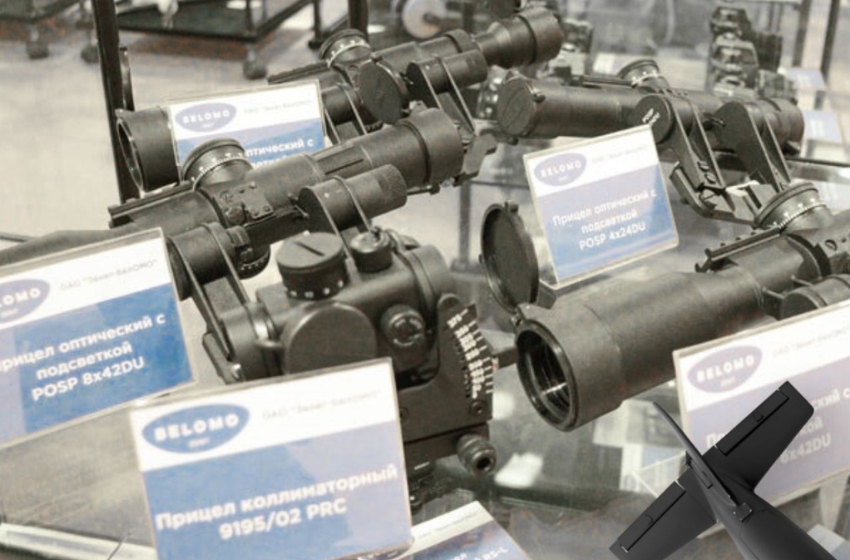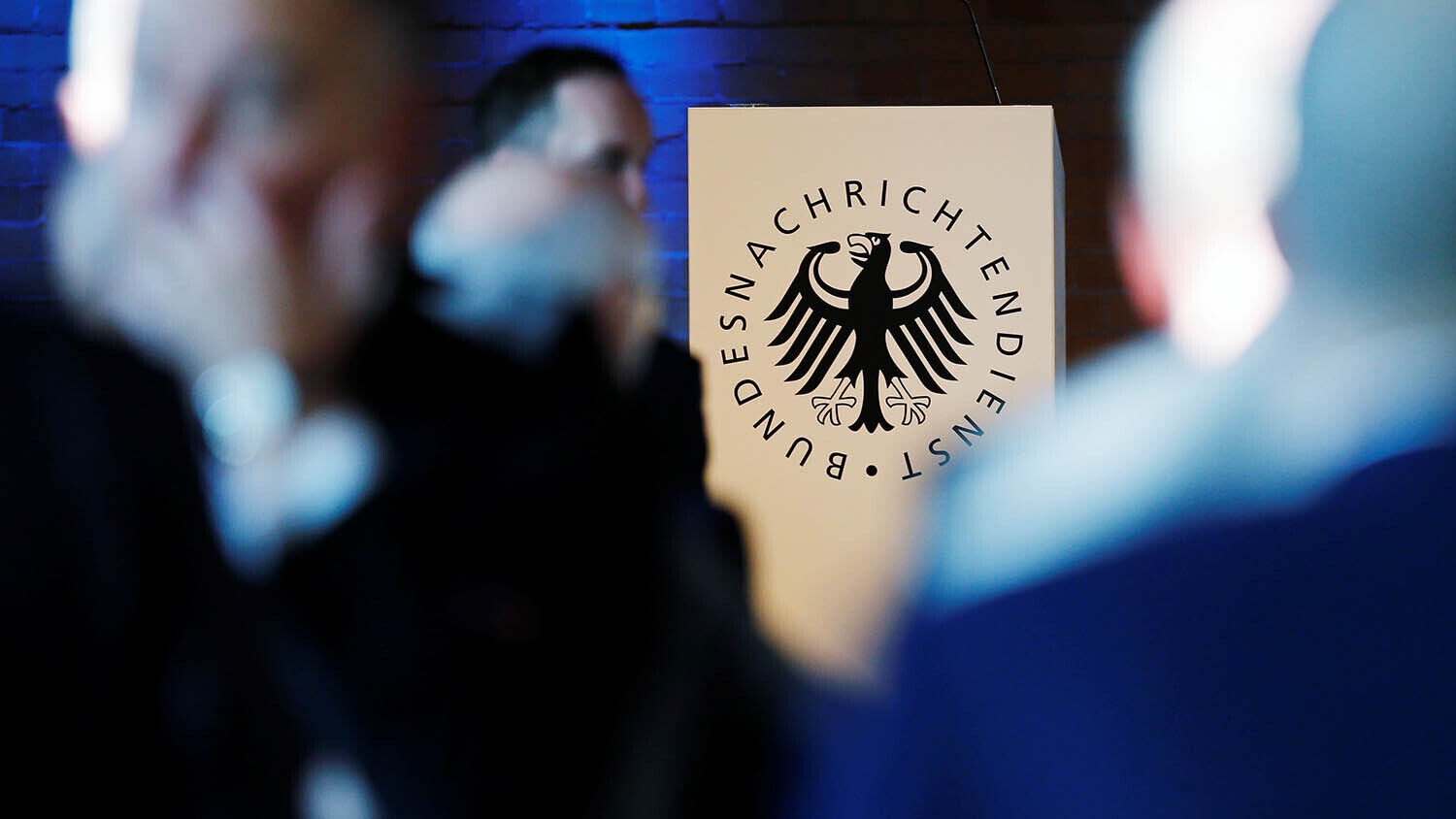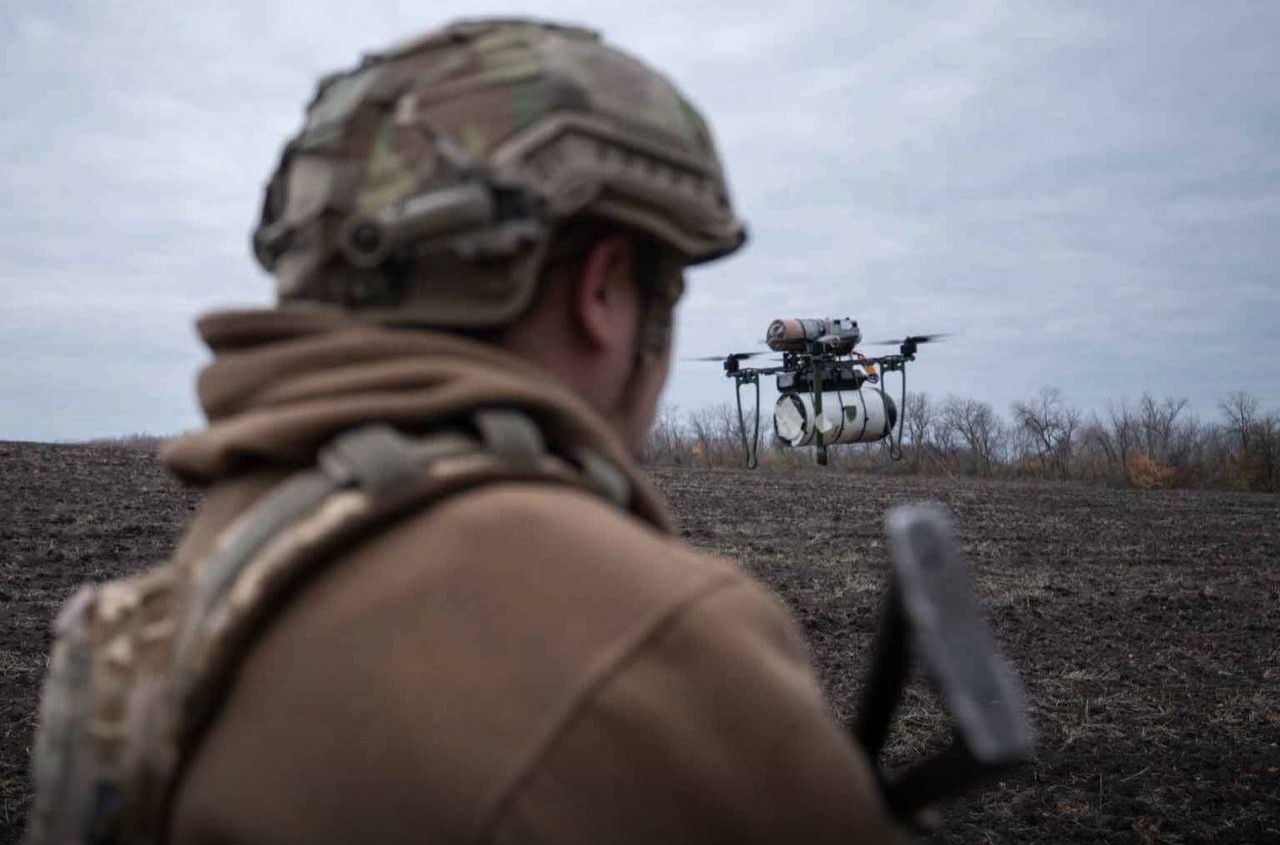Since the start of Russia’s full-scale war against Ukraine, demand for Belarusian defense technologies has surged sharply. Moscow is seeking alternative sources of components—particularly for drones and missile weapons—amid Western sanctions and logistical barriers.
This was reported by the Ukrainian Foreign Intelligence Service.
The Belarusian government is accelerating the launch of production facilities related to unmanned aerial vehicles, dual-use electronics, and targeting equipment. Military projects have become a priority in the country’s innovation strategy, which previously focused on civilian sectors—from agricultural technology to pharmaceuticals.
Although many civilian innovation projects—new tractors, medicines, or food products—are planned years ahead, investments in the military-industrial complex are increasingly urgent. Most army-related facilities must be built and operational within a year to a year and a half.
Examples include a plant for producing composite components for UAVs, created based on the Research and Production Center for Multipurpose Unmanned Complexes. The project was frozen in 2020 but resumed after the war began. By the end of 2024, the facility was constructed and equipped, and it launched in February 2025. By March, it reached full capacity.
A similar trend is seen at “Zenit-BelOMO,” where production of targeting and automotive components aimed at the domestic market and CIS partners is being deployed. Production lines are planned to start in August, with full capacity expected by year-end.
At the “Integral” enterprise, expansion of production capacities for dual-use electronics is underway. This includes microchips that Russia might use for guidance systems in Kh-101 missiles. A new workshop is expected to be operational by December, with production reaching nominal levels by 2026.






















